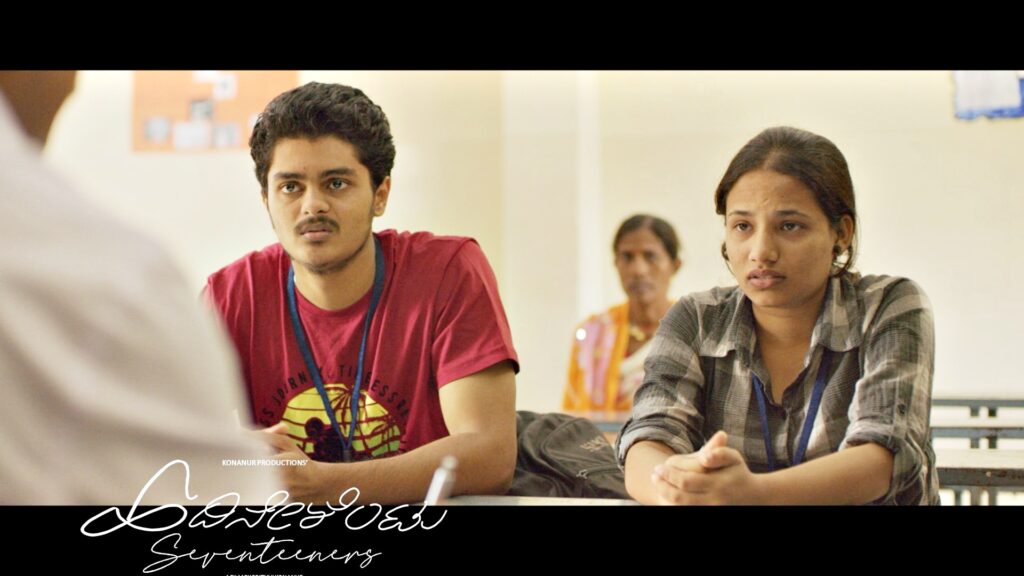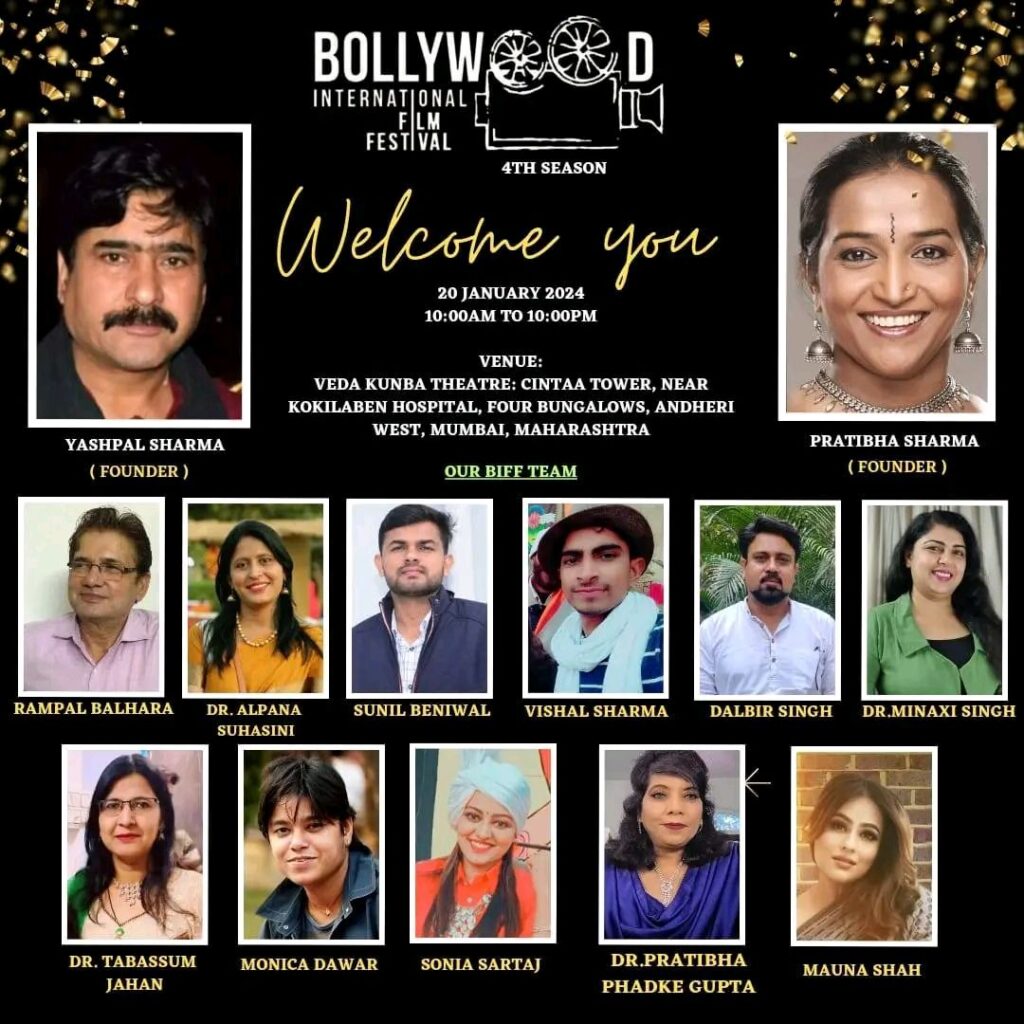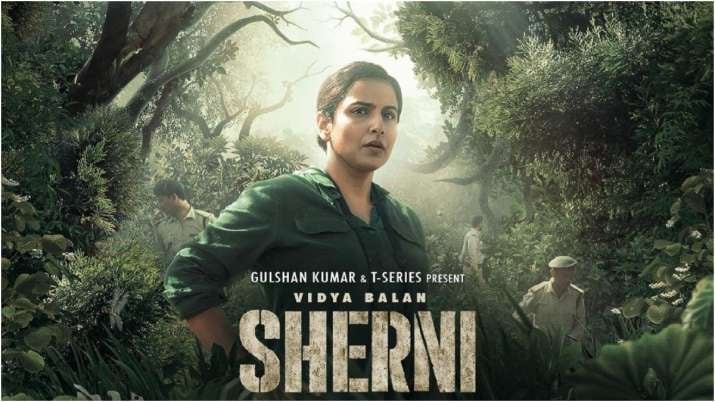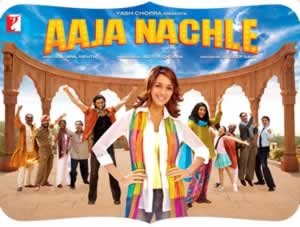‘Seema resonates deeply with me’ – says Sandhya Hazarika
Sandhya Hazarika is a 28-year-old Assamese actress, dancer and presenter. With seven years of experience in the Assamese film and entertainment industry, she has made a significant impact, winning the 7th Assam State Award for Best Debut Actor for her role in “Nodi mathu boi.” Sandhya holds a Bachelor’s in Acting (B.VOC) from Guwahati University, showcasing her commitment to honing her craft. Her versatile career spans Assamese films, television series, short movies, stage plays, and music videos, demonstrating her range as a performer. She has worked on various channels, including DD Kisaan, Doordarshan, DD Arun Prabha, Jonak, and Rang, participating in numerous television serials and programs. Sandhya is expanding her horizons by working as a dance cover producer on the national platform SAREGAMAMUSIC. Looking ahead, Sandhya plans to leverage her diverse experience and continue pushing boundaries in the Assamese entertainment industry while exploring opportunities on national platforms.

How did you first discover your passion for dancing, and how has it influenced your acting career?
Discovering my passion for dancing was like stumbling upon a hidden treasure. It all began when my mother first took me to my Guru Doli Thakuria, where I learned the classical form of Assam. Also, during a school talent show, I reluctantly joined a dance group at my mother’s insistence. To my surprise, the rush of performing, the rhythm of the music, and the freedom of expression captivated me instantly. In those moments on stage, I felt truly alive, discovering a form of self-expression that words couldn’t capture.
As I delved deeper into dancing, I realised its transformative power. It taught me discipline, patience, and the importance of perseverance. Hours spent perfecting a routine translated into a stronger work ethic and a keener sense of dedication. These qualities became invaluable when I later pursued acting.
Dancing not only honed my physical coordination but also enhanced my emotional range. I learned to convey stories and emotions through movement, which seamlessly translated into my acting career. The ability to inhabit different characters authentically and grace stemmed directly from my dance background. Whether portraying joy or sorrow, the rhythmic understanding and body awareness I gained from dancing added depth to my performances.
Moreover, dancing provided a unique perspective on stage presence and audience engagement. The confidence I gained from performing in front of diverse audiences strengthened my stage presence as an actor. It taught me to connect with viewers on a deeper level, to convey narratives through words and the subtleties of movement and expression.
My journey from discovering a passion for dancing to leveraging it in my acting career has been transformative. It’s not just about mastering steps or routines; it’s about embracing a form of art that enriches every aspect of my life. Dancing continues to be my muse, guiding me through challenges and fueling my passion for storytelling on and off the stage.
Can you tell us about your experience transitioning from dance to acting? What challenges did you face?
Transitioning from dance to acting presented unique challenges that tested my skills and perseverance. One of the initial hurdles was adapting from physical expression to verbal communication. Additionally, there was a learning curve in understanding the technical aspects of acting, such as camera angles, blocking, and working with directors and fellow actors. These elements were unfamiliar territory from a primarily performance-focused dance background, with different stage dynamics.
However, each challenge presented an opportunity for growth. Through dedicated training, workshops, and learning from mentors, I gradually honed my acting skills and expanded my understanding of storytelling. I was drawing on the discipline and passion for storytelling, tested my resilience, and fuelled my determination to pursue a career that allows me to connect with audiences and make a meaningful impact through acting.
Which film role from a film has been the most memorable for you, and why?
One of my favourite characters I have portrayed is Seema, from a movie named HERO, a young woman navigating the complexities of life in a journey while grappling with her identity and ambitions. Seema resonates deeply with me because her journey mirrors my experiences and aspirations. Seema’s character is multifaceted and undergoes significant growth throughout the storyline. She starts as a somewhat naive and idealistic individual, eager to make her mark in the world but unsure how to navigate her challenges. As the story progresses, Seema confronts setbacks and disappointments, which force her to dig deep and discover her resilience. This evolution resonates with me because it reflects my personal growth in my life and career. What I particularly appreciate about Seema is her authenticity and vulnerability. She’s not a perfect character; she makes mistakes and faces moments of doubt. Yet, through these moments, she learns valuable lessons about herself and the world around her. Playing this character allowed me to explore these layers of humanity and to connect with audiences on a deeper emotional level. Moreover, I thank my director and team for helping me introduce myself to the lovely character.
How do you balance your dance training with your acting commitments?
I establish a weekly schedule that allocates specific blocks of time for acting rehearsals, auditions, and dance training sessions. This structured approach helps me prioritise tasks effectively and ensures I dedicate sufficient time to both acting and dancing without neglecting either. I also identify and prioritise essential commitments in acting and dance. This involves understanding the importance of each rehearsal, class, or performance and planning accordingly. Effective communication is one key. I keep open lines of communication with my acting agents, directors, dance instructors, and coaches. They are informed about my availability, schedule constraints, and upcoming commitments, allowing them to support and accommodate my dual pursuits.
Please have a look > https://cutt.ly/TehtZIaJ







